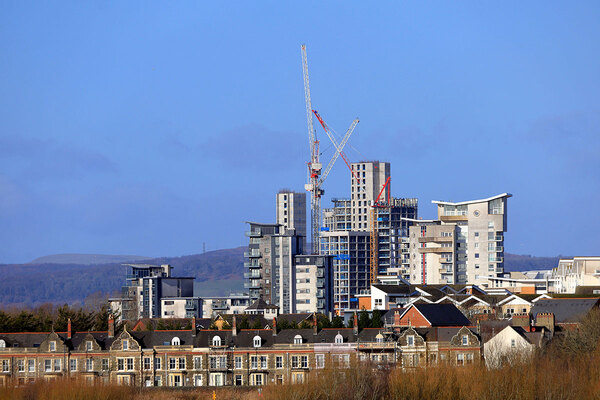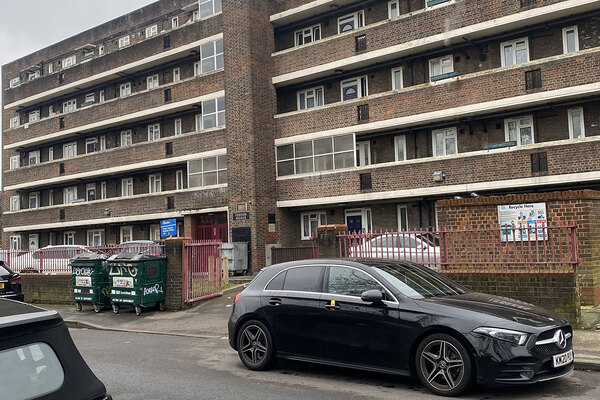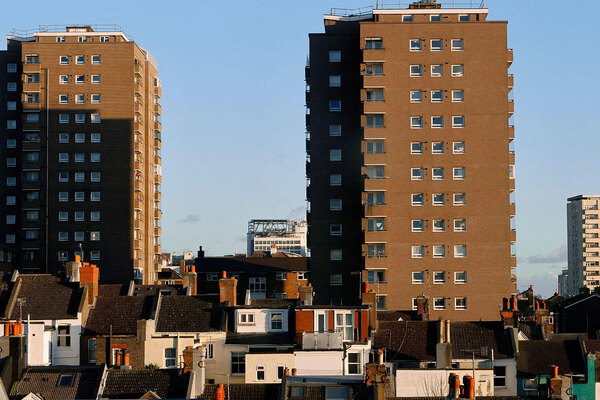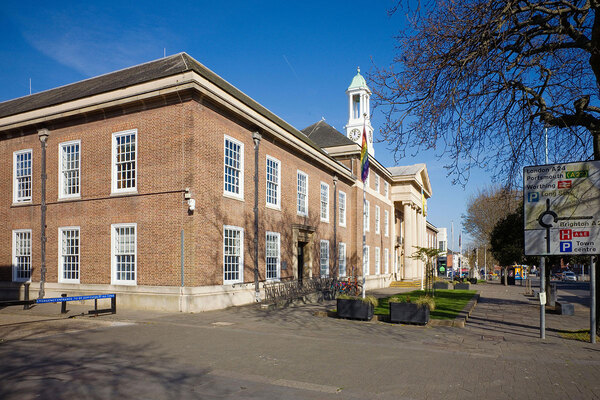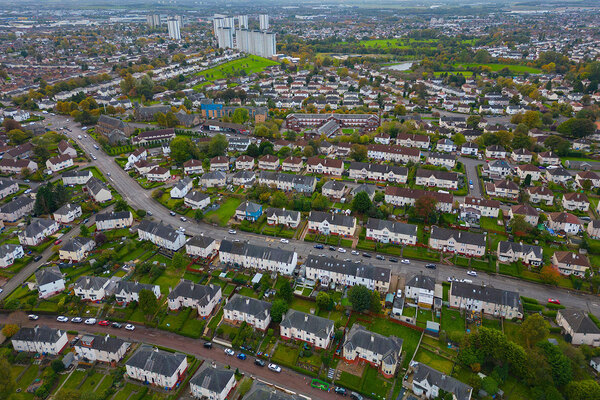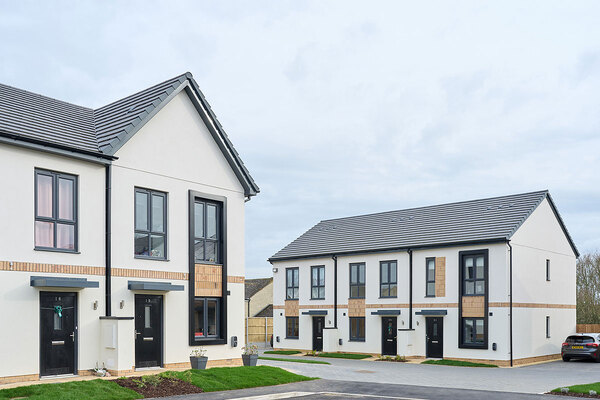You are viewing 1 of your 1 free articles
Office-to-resi: striking the right balance between quantity and quality
A new report looks at what has happened since the system for converting offices into homes was deregulated five years ago. Jules Birch scrutinises the findings
New rules making it easier to convert offices into residential property have generated more than 30,000 new homes in the last two years – but at what cost?
A report published last week, that deserves more attention, took a detailed look at what has happened in five areas of England since the system was deregulated in 2013.
The study for the Royal Institution of Chartered Surveyors also compares the experiences of Glasgow and Rotterdam, which have also seen office to residential conversions without the same deregulation.
The English reforms extended the system of permitted development, allowing developers to apply for prior approval rather than planning permission and making it much easier for them to push office to residential conversions through the system.
This is not a total free-for-all – some local authorities have successfully applied for exemptions for some areas and it is still possible to apply for new ones – but it is a significant relaxation that is meant to deliver more homes.
When former communities secretary Eric Pickles first introduced the new system he said that: “By unshackling developers from a legacy of bureaucratic planning we can help them turn thousands of vacant commercial properties into enough new homes to jump start housing supply.”
The scheme was first introduced for three years from May 2013, then made permanent from April 2016.
At first glance the results seem to bear out Pickles’s hopes and looks impressive in terms the contribution to the government’s plans to move towards 300,000 net additional dwellings a year.
The government’s preferred measure for the target includes net conversions and change of use and demolitions as well as new build completions.
Over the three years from 2013/14 homes delivered via change of use trebled from 12,520 to 37,190.
Office to residential changes of use under permitted development have only been separately identified in the last two years but they accounted for around 13,000 homes in 2015/16 and 18,000 in 2016/17.
If that is small by comparison with new build – 184,000 in 2016/17 – then 8% of net additional dwellings – and more than that in cities with the biggest housing problems – is not to be sneezed at.
So what’s not to like? Local authorities warned from the start that the system could lead to poor quality homes in the wrong locations, compete with commercial uses that could deliver jobs and mean fewer affordable homes because office converters do not face the same obligations as conventional developers.
“There was also evidence of new build schemes not being implemented because permitted development was more profitable.”
Individual schemes have included tiny ‘rabbit hutch’ or ‘dog kennel’ homes. For example, plans for Barnet Council’s old offices showed flats as small at 16 square metres, 40% smaller than the average Travelodge room.
In January the Local Government Association estimated that 7,500 affordable homes have been lost to permitted development so far.
As housing spokesman Martin Tett put it: “Permitted development is detrimental to the ability of local communities to shape the area they live in. Planning is not a barrier to housebuilding, and councils are approving nine in 10 planning applications.”
Last week’s report for the RICS looked in detail at what has happened in 568 buildings in Camden, Croydon, Leeds, Leicester and Reading.
The researchers from University College London and University of Sheffield found that schemes in the five study areas has led to a loss of 1,667 affordable homes and £10.8 million in income for local authorities.
Worse still, while they found some good schemes, there were serious concerns about the quality of others.
Findings include:
- Only 30% of flats met national space standards
- 77% of the units were studio or one-bed flats, meaning that they only catered for a narrow section of the market
- Some studio flats were just 15 or 16 square metres, compared with a minimum of 37 square metres for a one-bed home in national space standards
- Buildings with no access to private or communal amenity space
- Residential developments in the middle of industrial estates
- Some had barely any changes made to convert them from office to residential use, with concerns about fire safety and noise insulation.
Meanwhile, although the scheme was aimed at putting vacant buildings to better residential use, there was evidence of occupied office space being converted too.
And there are also doubts about whether the total numbers delivered are as high as the government statistics suggest.
Some buildings converted via permitted development were being used as student accommodation or serviced apartments rather than homes and the researchers say the net additional dwellings figures seem to record approvals rather than completed schemes in some authorities.
New student accommodation in offices might, of course, reduce pressure on housing elsewhere in the same area.
However, there was also evidence of new build schemes not being implemented because permitted development was more profitable, making it “contestable how much of this uplift is actually producing additional housing units”.
And comparisons with Glasgow and Rotterdam show that office to residential conversions can be delivered at higher quality in cities without the same deregulation of planning.
The researchers conclude that: “Overall, office-to-residential property devlopment has been a fiscal giveaway from the state to private real estate interests, whilst leaving a legacy of a higher quantum of poor quality housing than is seen with schemes governed through full planning permission.”
That should come as no surprise to anyone who has followed the more general relaxation of development, ‘red tape’, that benefitted house builders by billions of pounds even before Help to Buy came along.
And it raises some more general points about deregulation and housebuilding.
Advocates like the Adam Smith Institute argue that “absurd planning laws have led to the housing crisis” and that all our problems could be solved by a new right to build to the height of the tallest building in your street, votes on allowing every property to add an extra two floors and allowing development on Green Belt land near stations.
However, if policy is developing in the direction of the first two measures, both main parties are firmly set against mass development in the Green Belt.
And that highlights a point about the deregulating zeal that led to permitted development in the first place – red tape is very much in the eye of the beholder.
Back in 2013 the government had trumpeted plans to end rabbit hutch homes but the message did not seem to get through to the office to residential conversions that it enabled in the same year.
Eric Pickles and the Conservatives were enthusiasts, not just for the conversions but also for relaxing requirements on house builders in areas such as affordable housing and zero carbon development and the Red Tape Challenge.
“The government had trumpeted plans to end rabbit hutch homes but the message did not seem to get through to the office to residential conversions.”
At the same time, though, they ended what they saw as the scourge of ‘garden grabbing’ but which elsewhere is seen as a good way of increasing density in suburbs.
Both the Green Belt and the planning system are the result of a post-war reaction against what happened in the 1930s, the only decade in which the private sector has delivered the number of new homes we now need, but at the cost of jerry-building, sprawl and ribbon development.
Achieving that level of supply now will require contributions from many different directions, including the conversion of empty office buildings.
But striking the right balance between quantity and quantity has to be about more than slogans about red tape.
Jules Birch, award-winning blogger
Related stories




